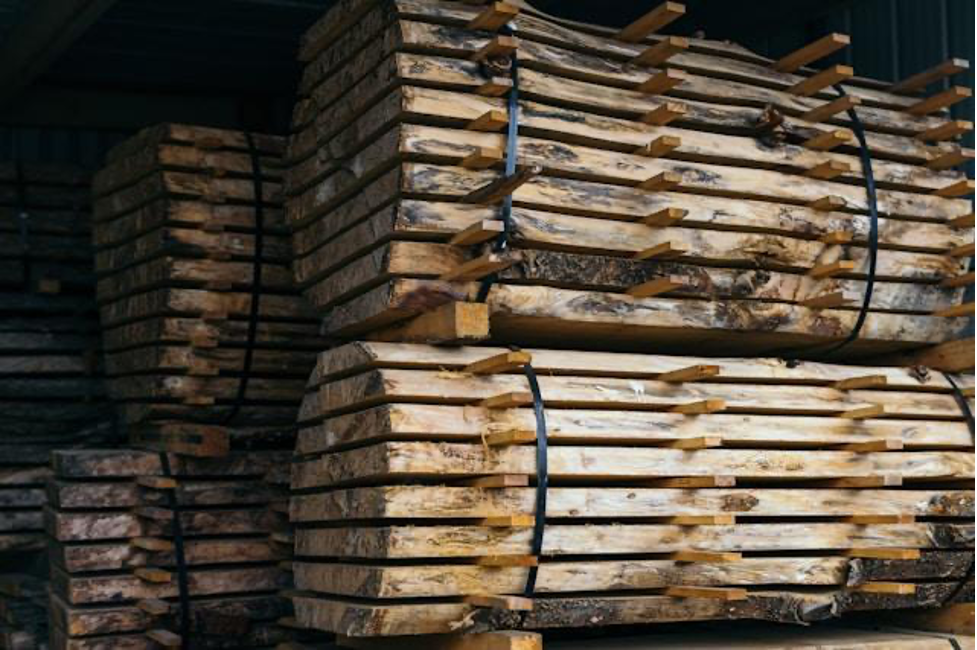If left untreated, wood will progressively dry and age, with the rate of aging varying among different species. This aging process starts immediately after the wood is harvested from the tree, and its impact can differ according to the level of environmental exposure.
For the long-term protection and preservation of your timber cladding, it is vital to implement treatment and maintenance practices. Coating the timber with a substantial layer of paint is one protective measure. However, while this method effectively preserves and shields the wood, it compromises the natural aesthetic of the timber, making it visually less appealing. Here are tips on preserving and protecting timber meant for building while maintaining its natural beauty.
Oil Type Preservatives
Creosote oil derived from coal tar or lignite tar distillate, characterized by a boiling point above 200°C, is well-suited for outdoor timber treatment. It may be utilized solely or combined with other high boiling point oils such as coal tar, petroleum, or fuel oil, enhancing the wood’s resistance to splitting and cracking.
For timber intended for marine environments or submerged applications, mixing creosote with coal tar instead of fuel oil is advised to provide additional protection. The primary benefits of employing creosote as a wood preservative include its potent toxicity, superior efficacy, and non-corrosive properties, collectively offering robust defense against termites. However, the handling of creosote can be problematic due to its strong odor, and materials treated with creosote pose challenges for painting due to the preservative’s characteristics.
Borate Wood Treatments
Certain manufacturers of log homes safeguard the timber against insects and decay by immersing the logs in tanks filled with a borate-based solution or applying a borate preservative through pressure treatment. Utilizing borate is a cost-effective and environmentally friendly method for log protection.
Extracted from the earth, borate powder can be used by either dissolving it in water for application over broad surfaces or by sprinkling it directly into nooks and crannies. Logs that have been treated with borate become resistant to beetles, termites, carpenter ants,and are also considered resistant to fungi. Borates are devoid of any smell, do not corrode, and are straightforward to apply. If you’re looking for the best wood for a pergola, check out this article for a list of durable options.
Applying a Protective Coating to Wood
After cleaning, the subsequent step for your logs is likely to involve applying a wood preservative. The primary function of this preservative is to protect your logs against their main adversary: water.
Water facilitates the growth of mold and mildew, and it draws fungi and insects that can deteriorate the wood. Typically, logs are treated with preservatives once every three to five years. However, how often you’ll need to apply a preservative can change based on several factors, including the climate of your building location and the type of preservative chosen.
Charring
Charring is a traditional method for preserving wood that involves burning the surface of timber. In this process, the wood surface is first moistened for 30 minutes and then scorched to a depth of 15mm from the top layer. This creates a charred exterior that shields the inner wood from pests such as white ants and fungi. However, it’s not recommended for use in outdoor wooden constructions, hence it’s typically employed for items like wooden fence posts and the lower parts of telephone poles.
Endnote
Applying suitable preservatives to extend the service life of timber plays a crucial role in maximizing the use of timber. Preserving timber also reduces the need for replacing it and aids in forest conservation.

